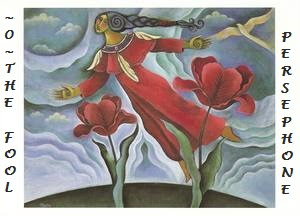video
Deer walks softly on the Earth and is extremely sensitive to
her energy and conditions. They are therefore masters of kinesthesia—the finely
attuned state of bio-perception. The legs and hooves of the deer are designed
to receive the raw, vital life force of the Earth into their physical bodies to
make it compatible with the celestial energy from the Sky above. In this sense,
they are a conduit of what is known in Peruvian shamanism as kawsay.
Shamanka, meaning a woman shaman with deer skin, is a word
in the Russian language of early explorers of Siberia. Actually shaman is a
Western corruption of samaan or s’amanthe, a word from the Siberian Evenki
(previously known as the Tungus people) and referring to the tribal spiritual
healer. The word for a woman shaman was udagan (or variations such as utagan,
ubakan, utygan or utugun). This word probably originates from the Mongolian
word Etugen (Etügen Ekh "Mother Earth", also transliterated variously
as Etügen Ekhe, Etügen Eke ot Itügen), which is the name of the ancient
hearth-goddess.
- Sources:
- Sources:
https://eldermountain.wordpress.com/category/shamanism/shamanka/
https://books.google.es/books?id=ope1BwAAQBAJ&pg=PA54&lpg=PA54&dq=deer,+kawsay&source=bl&ots=2a8FFTp9jJ&sig=18XQ6cH8dVnlnzVc0qtP1mhRaN8&hl=es&sa=X&ved=0ahUKEwivy6Xi_c_QAhWHVxoKHUU1BgUQ6AEIIjAB#v=onepage&q=deer%2C%20kawsay&f=false
http://www.terriwindling.com/blog/recommended-art/page/4/
https://books.google.es/books?id=ope1BwAAQBAJ&pg=PA54&lpg=PA54&dq=deer,+kawsay&source=bl&ots=2a8FFTp9jJ&sig=18XQ6cH8dVnlnzVc0qtP1mhRaN8&hl=es&sa=X&ved=0ahUKEwivy6Xi_c_QAhWHVxoKHUU1BgUQ6AEIIjAB#v=onepage&q=deer%2C%20kawsay&f=false
http://www.terriwindling.com/blog/recommended-art/page/4/















